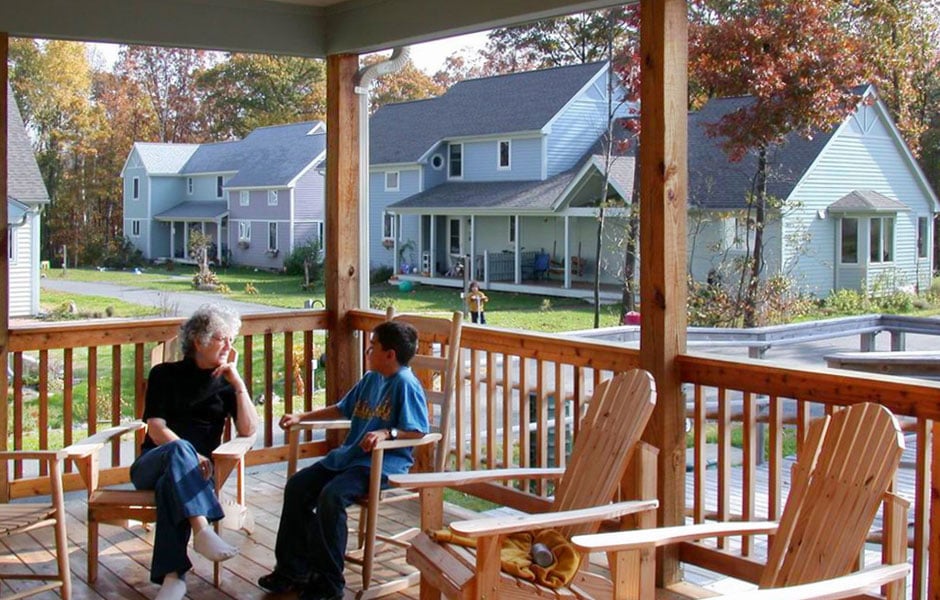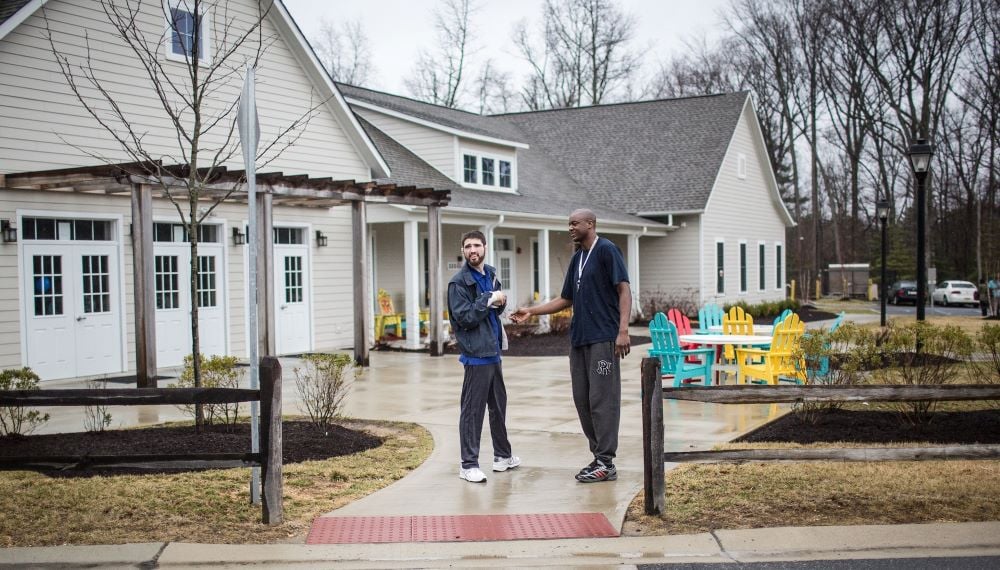Community Impact
The Power to Transform Communities:
At Front Porch Cohousing, we believe in the power of inclusive communities to transform lives. Our vision is to create a warm and welcoming environment where adults with and without intellectual and developmental disabilities thrive together, fostering a sense of belonging, support, and growth.


Building Bridges of Understanding:
Inclusive cohousing bridges the gaps that divide our society. By bringing together diverse individuals, we foster understanding, acceptance, and compassion. Residents develop meaningful relationships, challenging preconceived notions. It’s a safe space where barriers break down and connections are forged.
Empowering Independence:
Inclusive cohousing empowers individuals with disabilities to live independently. Our spaces are designed for accessibility, safety, and comfort. With community support, shared responsibilities, and collaborative decision-making, everyone in the community can contribute. Shared responsibilities and collaborative decision-making allow everyone to contribute. In our inclusive cohousing community, each person's potential is recognized and nurtured. Residents discover talents, explore passions, and unlock their potential.

Join Us in Transforming Lives:
Join our community, where people of all abilities support and empower one another. Discover the power of inclusive cohousing and be part of a community that believes in diversity. Contact us today to support our mission of providing inclusive cohousing. Together, we make a lasting impact on lives and the community.

Ready to make a lasting impact? Contact us today to support our mission of providing inclusive cohousing. Together, we can transform lives, foster acceptance, and build a more inclusive society. Join us on this incredible journey and be a catalyst for change. Together, we create a community where everyone belongs and thrives.
